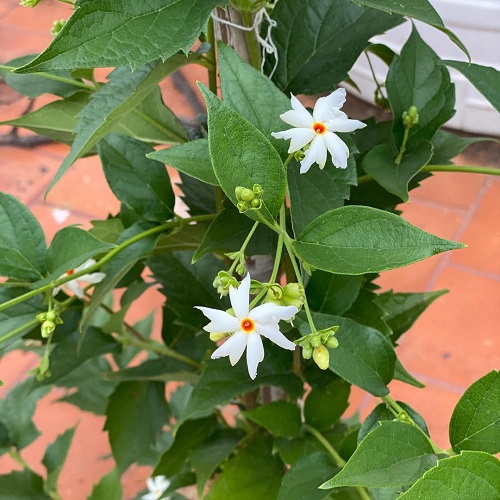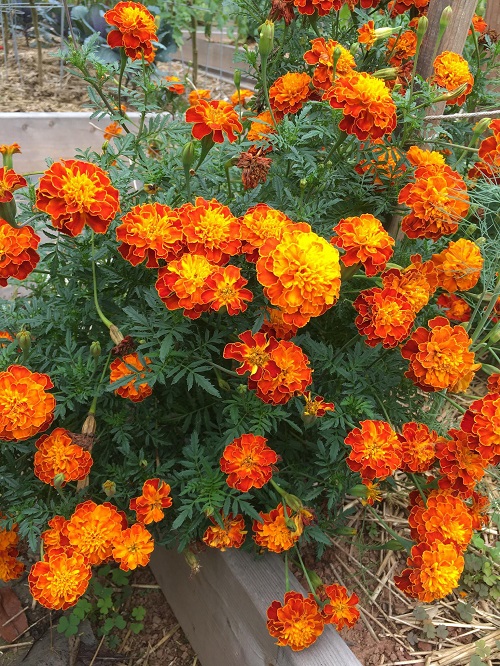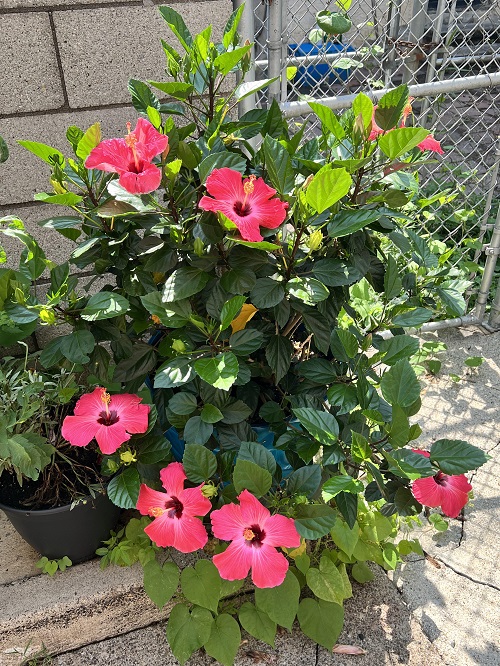There are many Sacred Flowers in Hinduism, and Their Meaning and presence in your home will make it a happy and blessed one!
In Hinduism, flowers are more than just beauty. They are symbols of devotion, purity, and the divine. Each bloom holds a special meaning, connecting us to the spiritual realm, from the sacred Marigold to the majestic Lotus. Here are five such sacred flowers.
Sacred Flowers in Hinduism and Their Meaning
1. Lotus

Botanical Name: Nelumbo nucifera
Starting with the lotus, this flower is very important as it symbolizes purity, enlightenment, and rebirth. According to the Hindu religion, it is often associated with not one but two holy goddesses, Lakshmi and Saraswati. It’s also associated with the god Vishnu!
The former is the goddess of wealth and prosperity, while the latter is the one who enlightens and makes one knowledgeable. These flowers are also used in puja (prayer) for the goddesses.
Lotus also has the spiritual aspect of remaining uncorrupted as it rises beautifully from muddy waters. It is hard to miss as it is aquatic and has large pink or white delicately layered petals. Most people don’t know that it can also be grown in large containers.
2. Marigold
Botanical Name: Tagetes
Marigolds are like roses from a romantic perspective. They denote Lord Vishnu’s and Goddess Lakshmi’s holy bond and are seen as decorations during marriage rituals and important religious events.
Due to their bright colors, marigolds are also said to bring about positivity and cheerfulness, which is why they are used a lot in house warmings.
These lovely flowers don’t demand much; they look amazing in hanging baskets, window boxes, and containers. Marigolds are also botanically important as they attract pollinators and repel pests, among many other benefits.
3. Jasmine
Botanical Name: Jasminum officinale
In other parts of the world, jasmine might be known for its sweet fragrance and soothing colors, but in Hinduism, it is linked to deities like Lord Shiva and Hanuman.
This dainty flower is popularly added to garlands and wreaths and is often used in decoration for cultural celebrations, adding both beauty and fragrance. If you want to grow one, there are many varieties.
4. Coral Jasmine

Botanical Name: Nyctanthes arbor-tristis
This tree is often called the “Tree of the Universe” or “Celestial Tree” due to many ancient Indian mythological stories. One story explains the tree’s origin and how it was obtained from the churning of the ocean.
The tree represents divine beauty and eternal life and is mentioned in one of the most revered epics of the Hindu religion, Mahabharat.
These flowers are identifiable by their white petals and orange centers. In the West, they are known as the night-blooming jasmine due to their characteristic opening up after dark and exuding a strong fragrance.
5. Hibiscus
Botanical Name: Hibiscus rosa-sinensis
In Hinduism, the hibiscus flower holds deep meaning and is especially important in worship. It is closely associated with the goddess Kali, symbolizing strength. People believe offering a hibiscus to Kali helps win her favor and protection.
This flower also represents the divine feminine energy known as “Shakti,” making it popular in religious ceremonies and sacred rituals.
Hibiscus flowers are large and bright, and growers are rewarded with blooms in shades of red, pink, yellow, and white. Their petals are soft and almost papery. The plant thrives in warm climates with plenty of sunlight and needs well-draining soil to prevent root rot. Here’s how to grow one.




